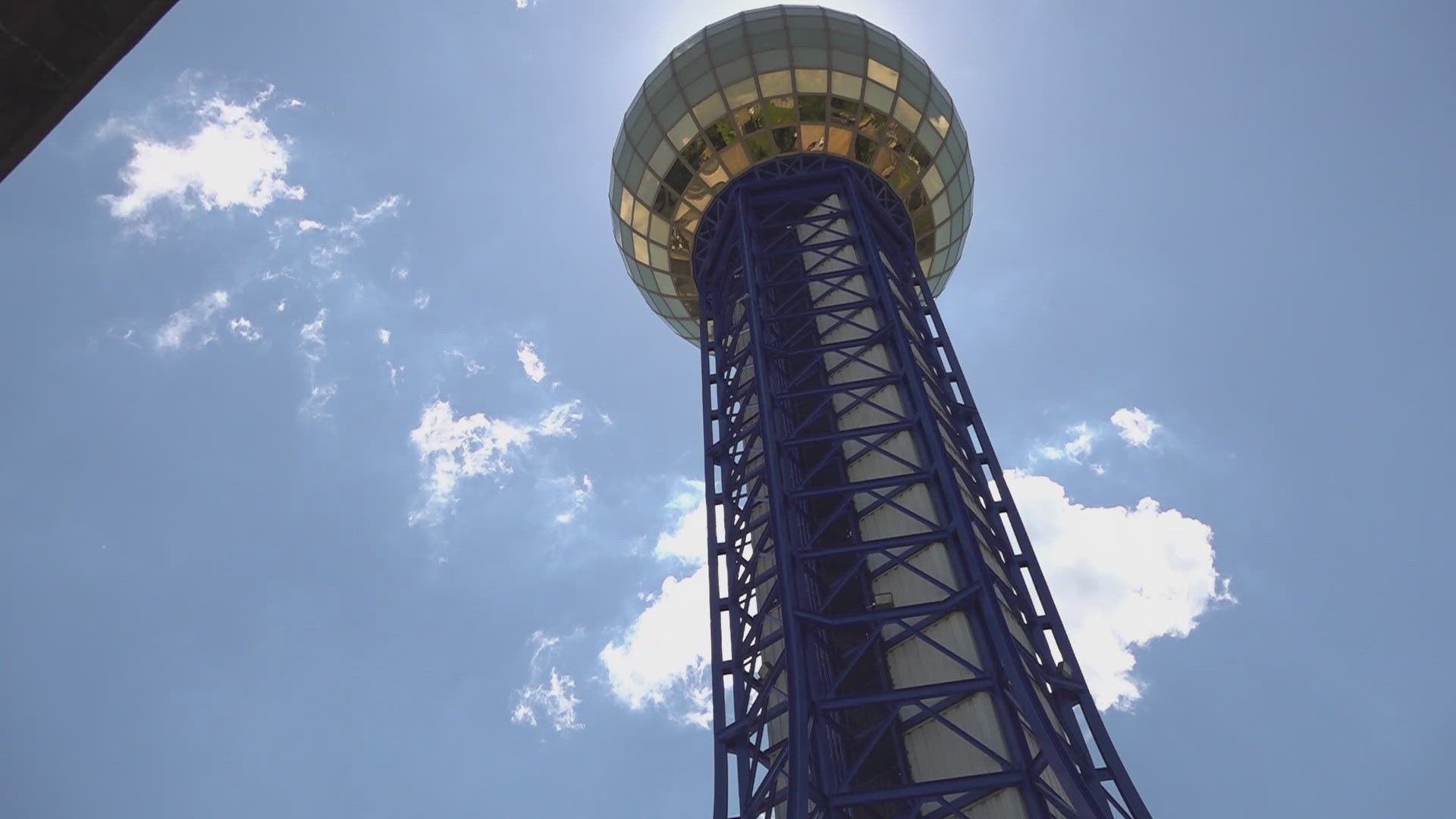<Police and politicians across the country insist red light traffic cameras improve safety by reducing the amount of people who run red lights. Critics have long claimed the real motivation for the photography is money from tickets.Red light cameras pay for themselves with revenue from citations. When cameras reduce red-light-runners to the point they do not generate enough money to pay for the cameras, engineers may face pressure to utilize tricks to keep the tickets rolling in."Engineers for the first time are under a tremendous amount of pressure to manipulate traffic signals to increase revenue," said UT engineering professor Chris Cherry. "Most engineers don't yield to these pressures from policy makers and budget administrators, but there have been investigations around the country that accuse municipalities of manipulating their traffic signals to increase the amount of camera citations."Cherry and fellow UT professor Lee Han examined different strategies engineers might be able to use to increase the likelihood that cameras can snap up revenue from traffic violations."What we found is to be careful, because there are ways that we can time the signals that you would be more likely to run a red light," said Han.Han said cities face ethical dilemmas in terms of how to keep their red light programs sustainable when by default the cameras reduce the amount of violations.A common accusation in locations across the country is that cities shorten the length of yellow lights to catch drivers off guard and in the red. Another method to boost red light violations is to increase speed limits to make it more difficult for drivers to stop in time.Han and Cherry said their study shows those types of tricks make intersections more dangerous. Therefore, they attempted to see if there were other methods that could increase the likelihood of drivers running red lights without increasing danger."If you do want to play this game, there are ways you can increase red-runners that are more sophisticated and less risky [than shorter yellow light lengths and increased speed limits]," said Han. "For a simple example, let's say you have a traffic signal that cycles every two minutes. That would give you 30 cycles per hour. Instead, make each cycle one minute so you have 60 cycles. So that means you have doubled the amount of opportunities for someone to run a red light. You have not shortened a yellow light or impacted safety, but chances are you will have more people running red lights." Cherry and Han insist the goal of the study is to provide transparency regarding the effects and efficiency of different methods for the benefit of all. That includes city engineers as well as educating drivers to keep an eye on whether their governments are attempting red light photography tricks."We want people to have the tools to evaluate the motives of the municipalities and we want engineers to be held accountable for the actions they take," said Cherry. "We are not here to judge engineers or policy-makers. We're trying to provide an objective platform for engineers to evaluate their signal changing plans and provide the tools for the public to investigate."<
UT studies red light camera ticketing tricks
Red light cameras pay for themselves with ticket revenue. But if the cameras deter people from running red lights to the point the machines cost more money than they generate, UT engineers say people should watch for tricks cities might attempt to keep the ticket revenue rolling in.


